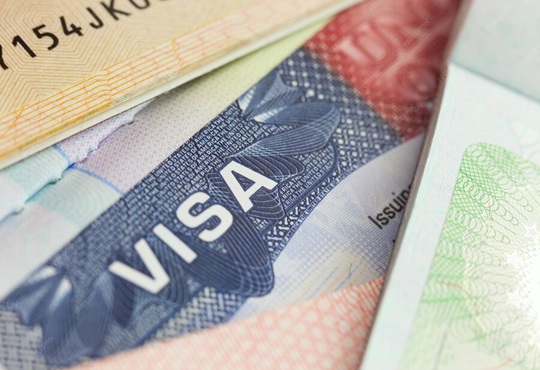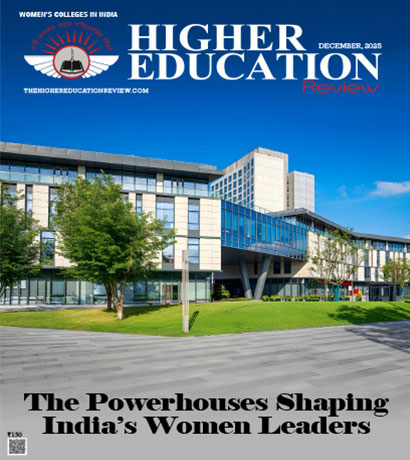Trump’s $100K H-1B Fee May Limit STEM Talent in U.S.

- Trump administration proposes $100,000 annual H-1B visa fee.
- Microsoft, Amazon, and JPMorgan urge visa holders to remain in the U.S.
- Policy could raise costs for firms, affecting innovation and the AI race.
The Trump administration announced on Friday that it would request companies to pay $100,000 annually for H-1B worker visas, leading several major tech firms to advise visa holders to stay in the U.S. or return quickly.
The alteration could significantly impact the technology industry that depends substantially on talented employees from India and China.
Since assuming office in January, Trump has initiated an extensive immigration crackdown, which includes efforts to restrict certain types of legal immigration. The move to reform the H-1B visa program marks his administration's most prominent initiative to revise temporary work visas.
"If you're going to train somebody, you're going to train one of the recent graduates from one of the great universities across our land," said Commerce Secretary Howard Lutnick. Train Americans. Stop bringing in people to take our jobs."
Trump's warning to impose restrictions on H-1B visas has emerged as a significant issue for the tech industry, which donated millions to his presidential campaign.
Microsoft, JPMorgan, and Amazon reacted to the announcement by instructing employees with H-1B visas to stay in the United States, based on internal emails examined by Reuters. They instructed workers with H-1B visas currently outside the U.S. to come back before midnight on Saturday (0400 GMT on Sunday), when the updated fee structures will be implemented.
"H-1B visa holders who are currently in the U.S. should remain in the U.S. and avoid international travel until the government issues clear travel guidance," review an email dispatched to JPMorgan staff by Ogletree Deakins, a firm that processes visa requests for the U.S. investment bank.
Opponents of the H-1B program, including numerous U.S. tech employees, contend that it enables companies to lower wages and marginalize American workers capable of performing the roles.
Also Read: Japanese Firms to Offer Jobs and Training for Anna University Students
According to the executive order signed by Trump on Friday, certain employers have taken advantage of the program to suppress wages, putting U.S. workers at a disadvantage. The count of international science, technology, engineering, and mathematics (STEM) professionals in the U.S. more than doubled from 2000 to 2019, reaching nearly 2.5 million, while the total STEM jobs rose by only 44.5% in that period, it stated.
Adding new fees "creates disincentive to attract the world's smartest talent to the U.S.," said Deedy Das, partner at venture capital firm Menlo Ventures, on X. "If the U.S. ceases to attract the best talent, it drastically reduces its ability to innovate and grow the economy."
The change may increase expenses by millions for businesses, particularly impacting smaller tech companies and start-ups the most. Reuters could not promptly determine how the fee would be managed. Lutnick mentioned that the visa would have an annual fee of $100,000 for each of its three years, although the specifics were "still being consider."
In the existing system, applying for the visa lottery involves a minor fee, and if accepted, additional costs may total several thousand dollars. Certain analysts indicated that the charge might compel firms to shift valuable tasks abroad, undermining the United States' standing in the competitive artificial intelligence contest against China.

